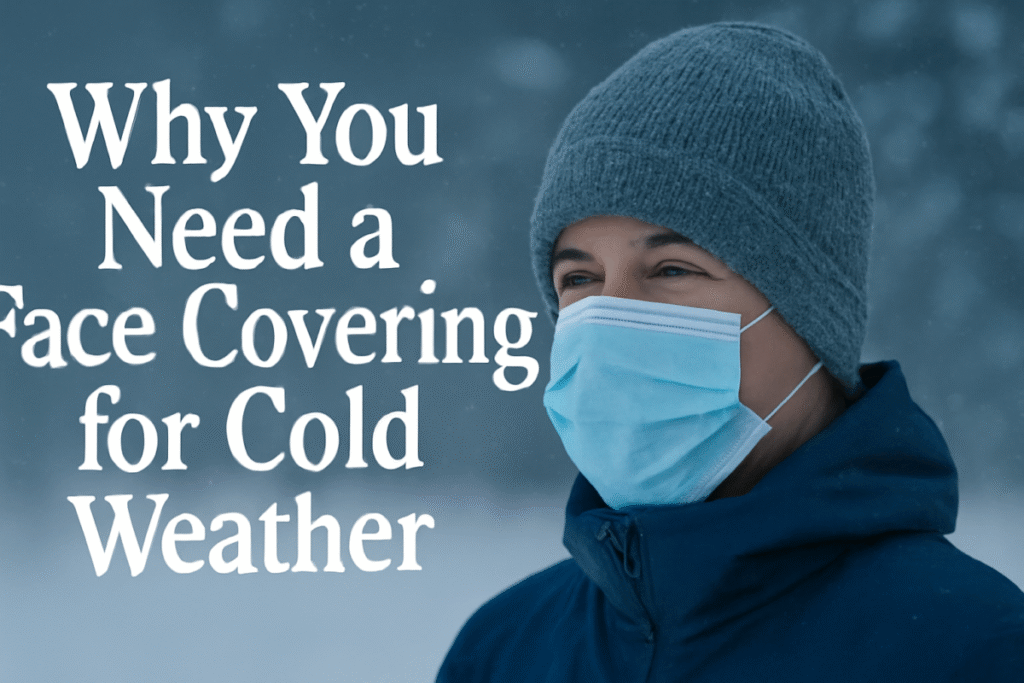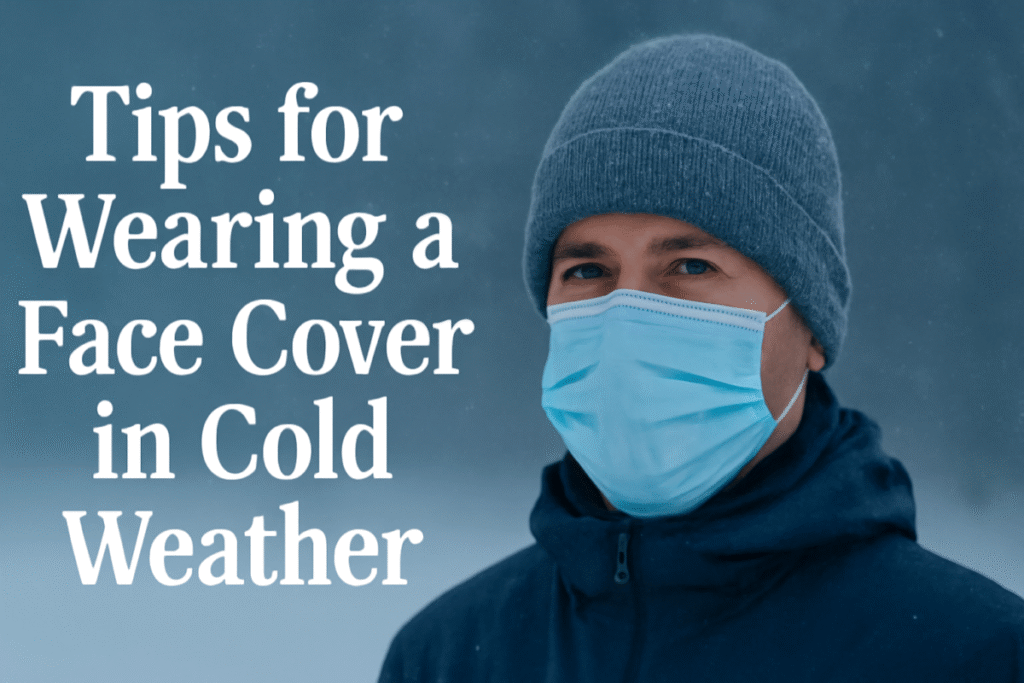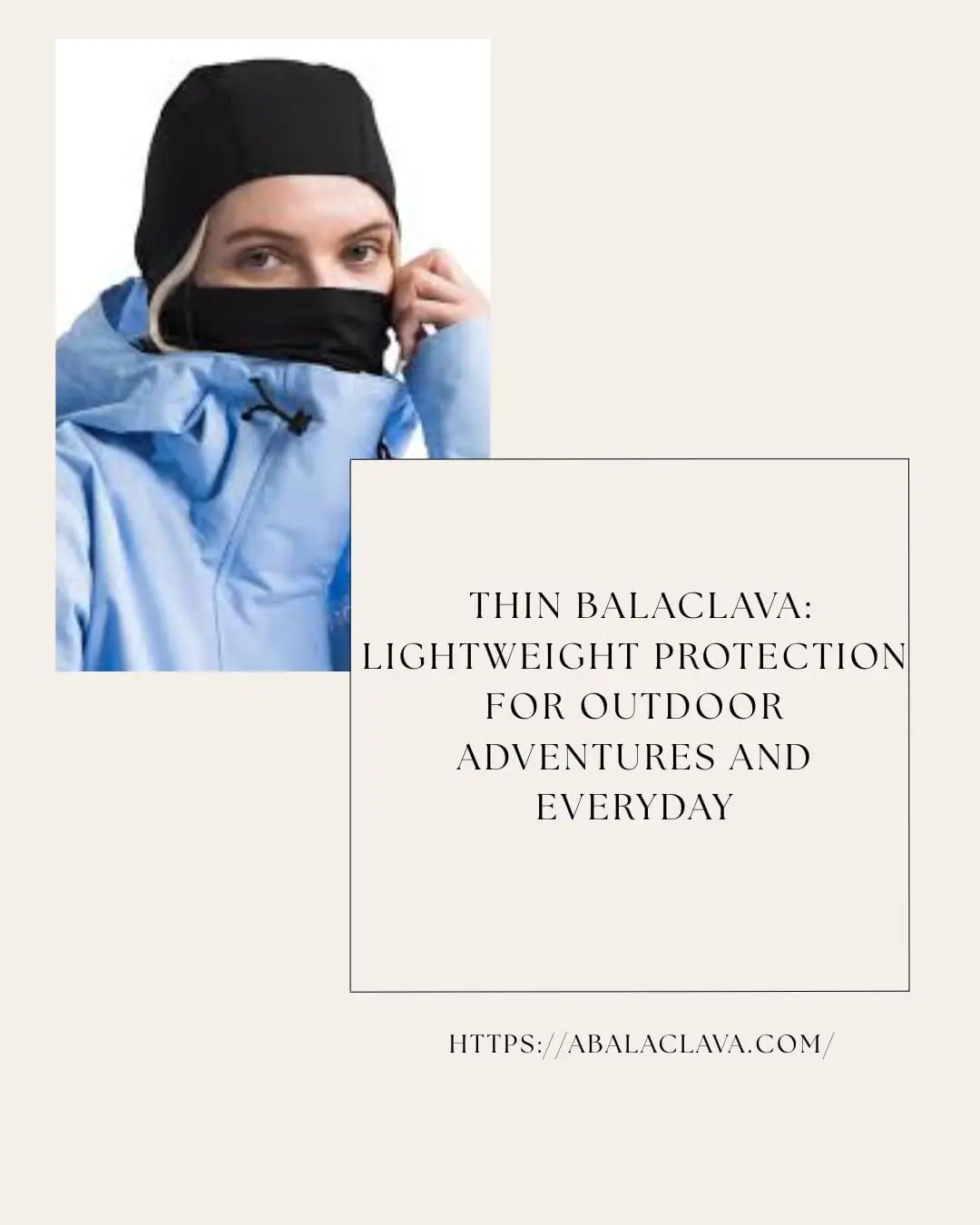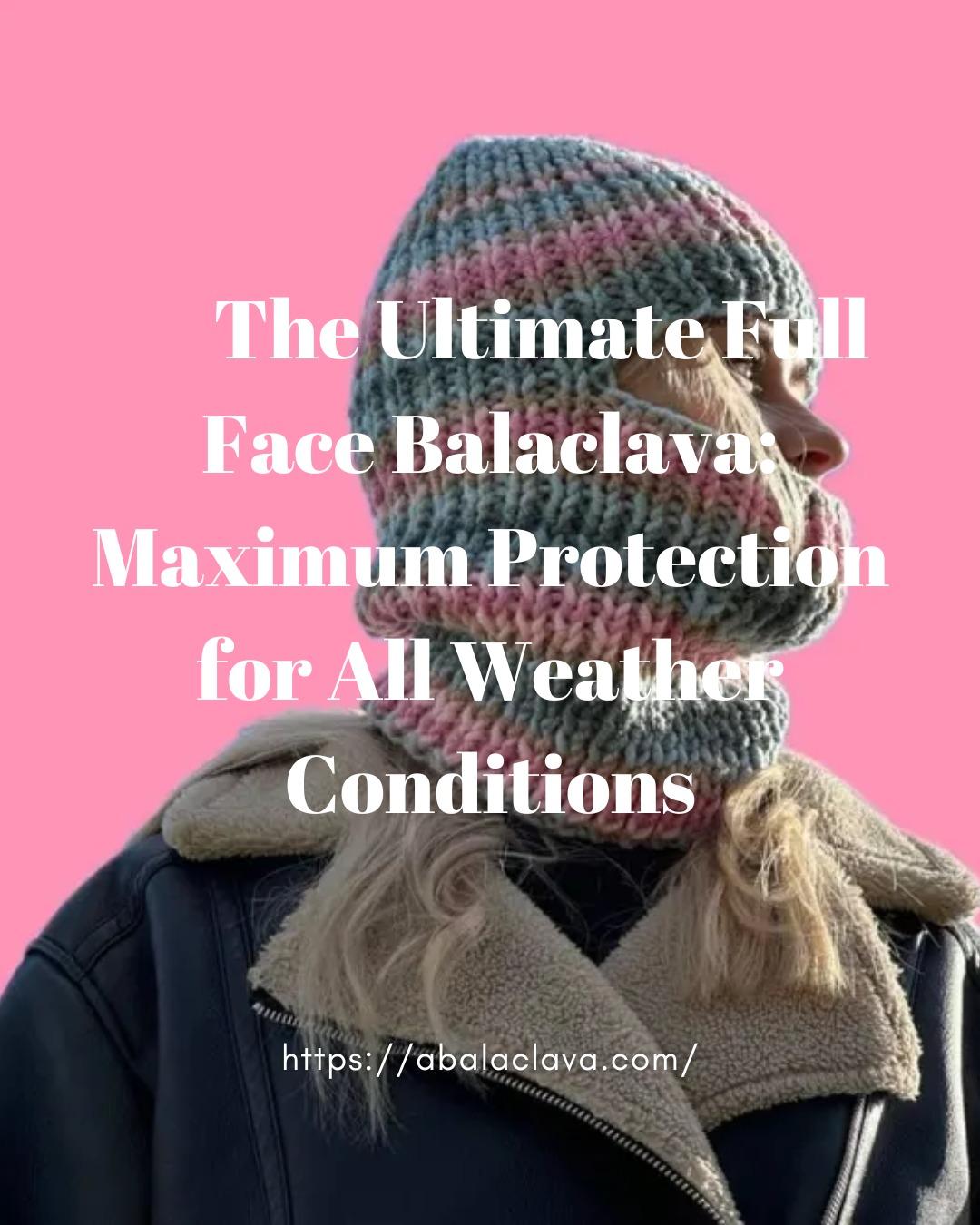Face Covering for Cold: Essential Protection for Winter
When the temperature drops, keeping your face warm becomes crucial. A face covering for cold not only provides insulation but also shields against wind, snow, and icy air. Whether you’re commuting, skiing, or simply enjoying winter outdoors, the right face covering ensures comfort and protection.
This guide explores the benefits of wearing a face covering in cold weather, the best materials, styles, and tips for choosing the perfect one for your needs.
Why You Need a Face Covering for Cold Weather
1. Protection from Extreme Cold
A well-insulated face covering keeps your skin safe from frostbite, windburn, and chapped lips. It creates a protective barrier, preventing direct exposure to harsh winter elements.
2. Breathability and Comfort
Modern face coverings use moisture-wicking fabrics to prevent sweat buildup while maintaining warmth. These materials offer breathability to ensure you stay comfortable without overheating.
3. Shield Against Wind and Snow
Strong winds can make even moderate temperatures feel unbearable. A face covering helps block wind, reducing the chilling effect and keeping you warm during outdoor activities.
4. Protection from Pollution and Allergens
Cold weather doesn’t just bring snow—it can also worsen air pollution. A face covering acts as a barrier against dust, pollen, and harmful particles, improving respiratory health.
5. Versatile and Stylish Options
Face coverings are no longer just for warmth—they’ve become a fashion statement. With various designs, colors, and materials available, you can stay stylish while staying protected.
Best Materials for Face Coverings in Cold Weather
Choosing the right material is key to ensuring warmth and comfort. Here are the top fabrics used for winter face coverings:
1. Merino Wool
- Naturally warm and breathable
- Moisture-wicking and odor-resistant
- Ideal for extreme cold conditions
2. Fleece-Lined Fabrics
- Soft and cozy for maximum warmth
- Wind-resistant and comfortable
- Best for winter sports and outdoor activities
3. Polyester and Spandex Blends
- Lightweight and stretchable
- Quick-drying and moisture-wicking
- Perfect for high-intensity winter workouts
4. Neoprene
- Provides excellent insulation
- Water-resistant and windproof
- Great for skiing, snowboarding, and motorcycling
5. Cotton Blends
- Soft and comfortable for everyday use
- Not ideal for heavy moisture-wicking needs
Different Styles of Face Coverings for Cold
1. Balaclavas
A full-head covering that provides complete protection, leaving only the eyes exposed. Ideal for extreme cold conditions and winter sports.
2. Neck Gaiters
A versatile option that can be pulled up over the nose or worn around the neck. Best for layering with other winter gear.
3. Face Masks with Ear Loops
These are more fitted and secure, making them perfect for casual outdoor activities and commutes.
4. Full-Face Ski Masks
Designed for winter sports, these masks provide enhanced warmth and often include ventilation features.
5. Scarves and Wraps
For a more classic winter look, scarves and wraps offer flexibility while keeping your face warm.
How to Choose the Right Face Covering for Cold Weather
1. Consider Your Activity Level
- For intense workouts (running, skiing): Opt for moisture-wicking, breathable fabrics like merino wool or polyester blends.
- For daily commutes and casual wear: Choose soft fleece or cotton-lined face coverings for comfort and warmth.
- For extreme cold and wind: Go for insulated, windproof options like neoprene or fleece-lined balaclavas.
2. Ensure a Comfortable Fit
- Look for stretchable materials that allow movement.
- Adjustable designs help provide a snug yet breathable fit.
3. Check for Breathability and Moisture Control
- Ventilation holes or mesh panels help prevent condensation and fogging of glasses.
- Moisture-wicking fabrics keep sweat away from the skin.
4. Compatibility with Other Gear
- Thin face coverings work best under helmets and hats.
- Ensure your chosen face covering doesn’t interfere with goggles or sunglasses.
Best Ways to Wear Face Covering for Maximum Warmth
1. Full Coverage for Harsh Weather
Wear a balaclava that covers your entire face, leaving only your eyes exposed, ideal for freezing temperatures.
2. Partial Coverage for Milder Conditions
Opt for a neck gaiter or scarf that you can pull up or down depending on the weather.
3. Layering with Other Winter Gear
Combine a lightweight face mask with a scarf or hood for additional insulation.
Tips for Wearing a Face Cover in Cold Weather
1. Keep It Dry
A wet face covering loses its insulation properties, so always have a spare on hand.
2. Wash Regularly
Maintain hygiene and freshness by washing your face covering frequently.
3. Test Before Long Outdoor Activities
Ensure comfort and fit before heading out for extended periods in the cold.
4. Adjust for Proper Airflow
Prevent condensation and fogging by adjusting ventilation as needed.
Where to Buy the Best Face Coverings for Cold Weather
1. Outdoor and Sports Stores
- Brands like The North Face, Columbia, and Under Armour offer high-quality winter face coverings.
2. Online Marketplaces
- Amazon, REI, and Backcountry have a variety of options for different needs and budgets.
3. Fashion and Lifestyle Brands
- Nike, Adidas, and other streetwear brands now feature stylish face coverings that blend function with fashion.
4. Local Winter Gear Shops
- Specialty winter sports retailers often carry premium face coverings for skiing, snowboarding, and mountaineering.
Final Thoughts: Why You Need a Face Covering for Cold Weather
A face covering for cold is an essential winter accessory for anyone facing chilly temperatures. Whether you need warmth, protection from wind, or a stylish addition to your winter wardrobe, choosing the right face covering makes all the difference. Invest in a high-quality option today and stay warm, comfortable, and protected all season long!








